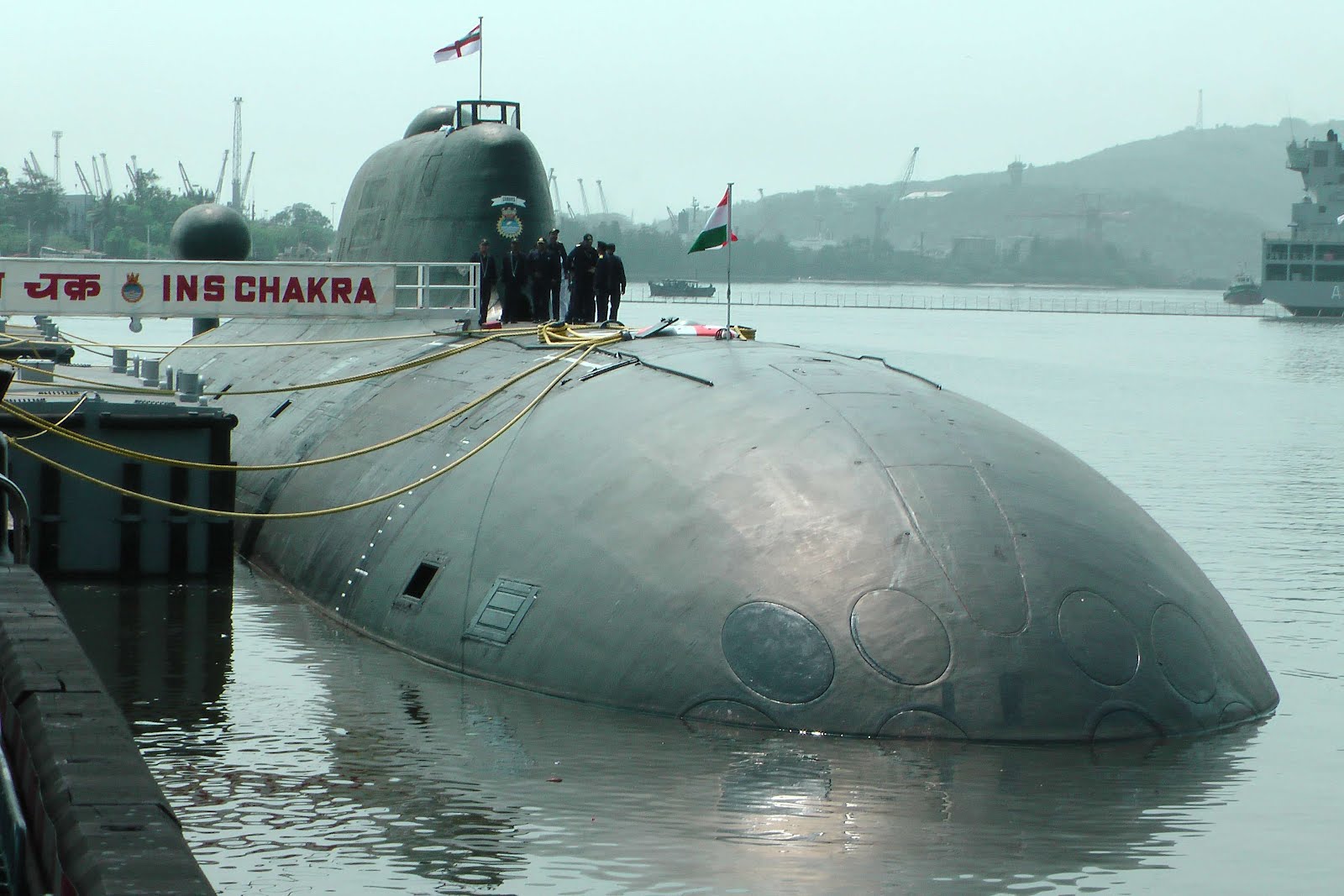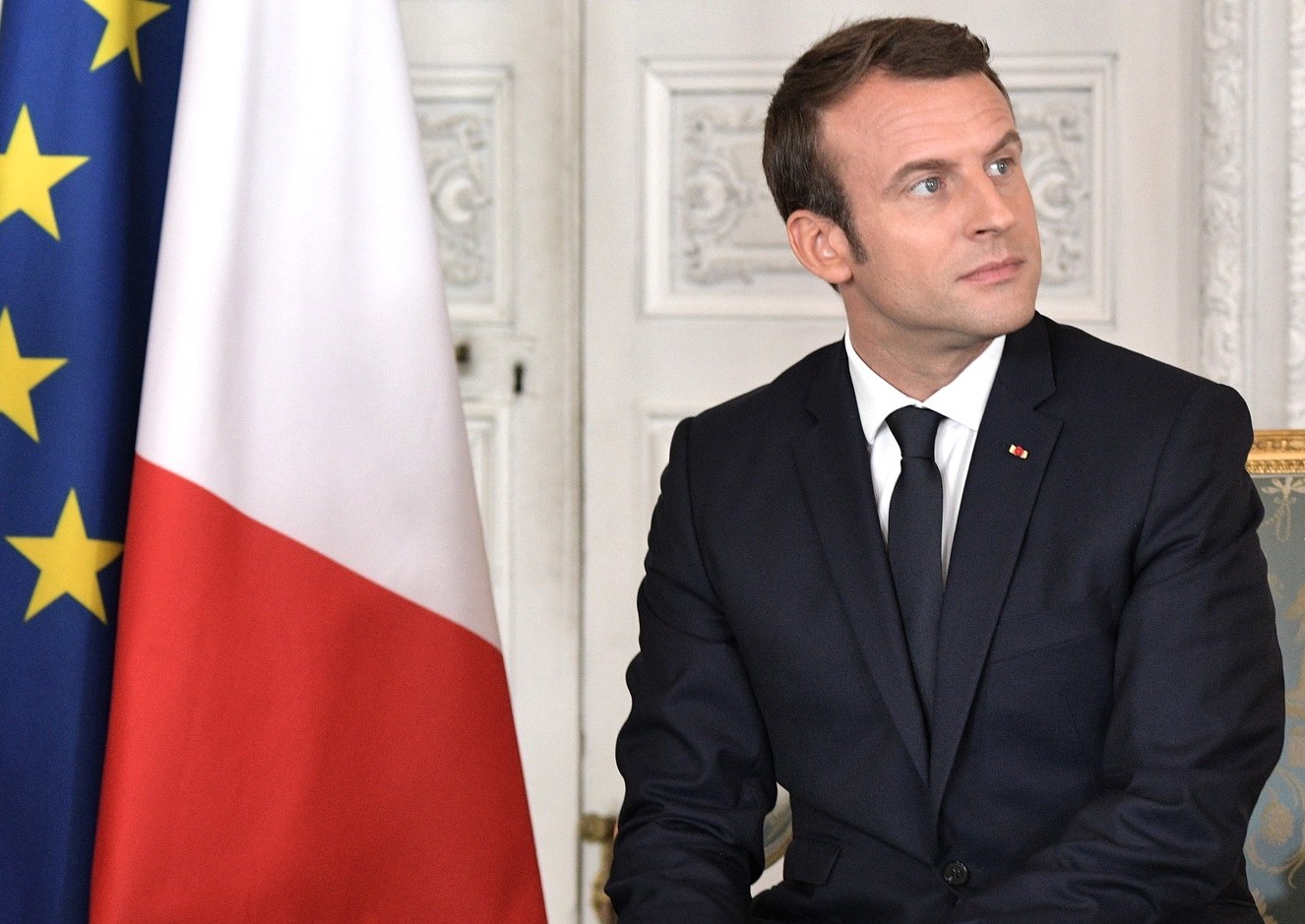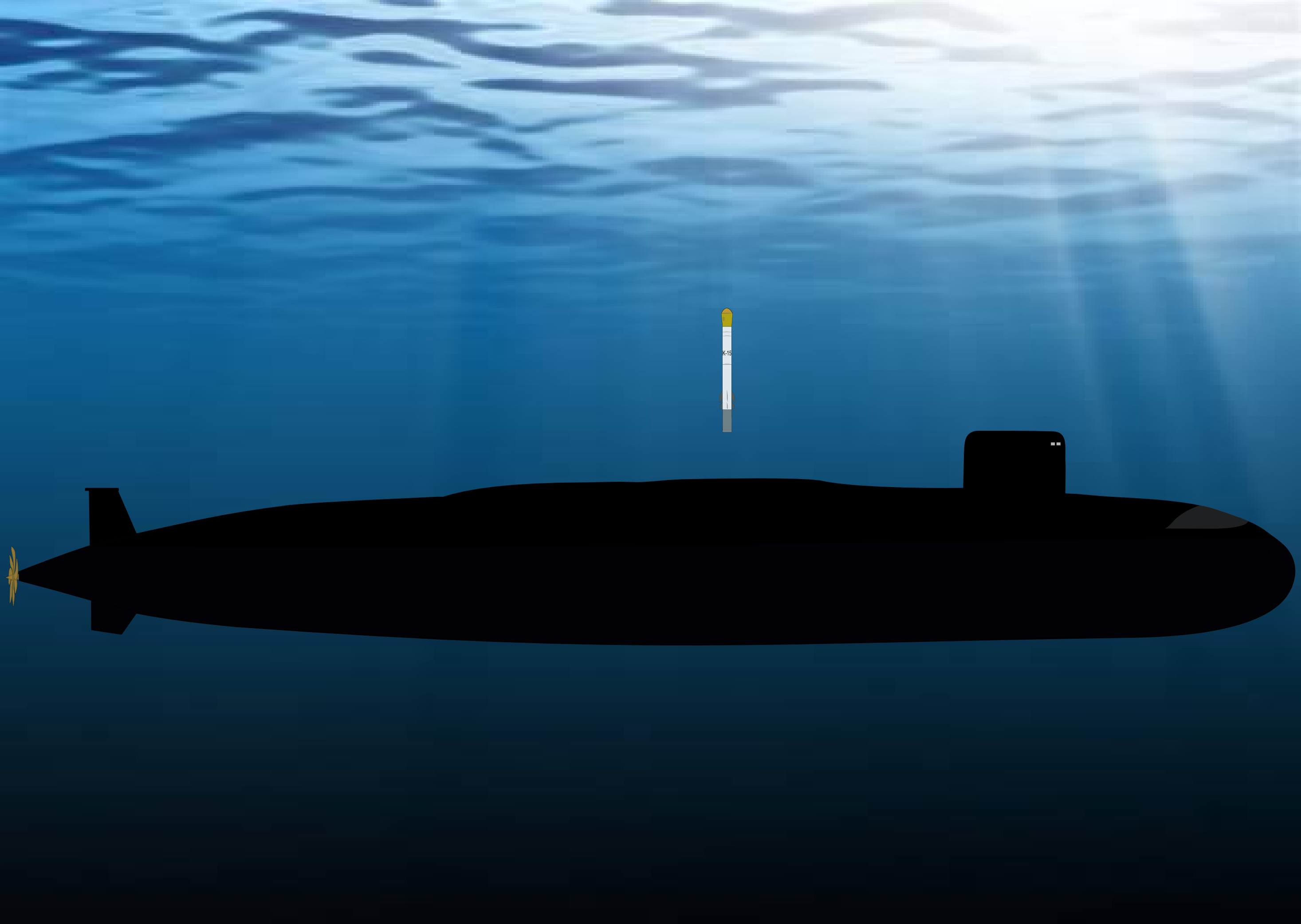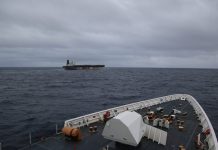Can France be a potential partner in India’s proposed nuclear-powered attack submarine project? According to reliable sources, France has an edge over the US, UK, and Russia in striking a deal for the joint development of six submarines for the Indian Navy.
India’s Chief of Defence Staff, General Bipin Rawat, and the Navy Chief, Admiral Karambir Singh, may have their differences over India having a third aircraft carrier (the former not sure of its utility given its cost but the latter determined to acquire it), but their voice is one in strengthening the much-depleted submarine fleet of the Indian Navy.
The government’s preoccupation with the Covid-management may have delayed the final decision, but India’s Cabinet Committee on Security (CCS) is all set to give its nod for the submarine project, particularly when the Indo-Pacific has become an important strategic frontier, with China expanding and consolidating its naval footprint in the region.
If everything goes well, then France seems to have an edge over the US, UK, and Russia in striking a deal for the joint development of six submarines (SSNs) for the Indian Navy, according to reliable sources.
Some clear indications would have been out to this effect but the postponement of Prime Minister Narendra Modi’s visit to France that was scheduled earlier this month (May) may have delayed the same.
Modi was scheduled to visit the French SSNs base at Toulon and French SSBN (strategic submarines armed with nuclear ballistic missiles) base at Brest.
Why India Wants To Boost Its Submarine Fleet
Submarines are vital for the ‘sea denial strategy of the Indian Navy. As the Navy’s Maritime Security Strategy of 2015 says, “The Indian Navy will exercise sea denial as an offensive measure, to reduce the adversary’s freedom of action and to degrade his operations. It will be exercised through suitable methods to prevent units of the adversary from operating in the designated maritime space, so as to thwart their purpose of deployment.
“Towards this, the Indian Navy will primarily employ submarines, which are highly suited for carrying out sea denial, in areas through which the adversary forces may seek to traverse, including harbor approaches, areas of SLOC (Sea Lanes of Communication) convergence, and also mid-ocean.”

It is an open secret that if Beijing is developing the Gwadar port in Balochistan as a part of the China-Pakistan Economic Corridor (CPEC) project to develop an alternative route to mainland China because it believes that an Indian submarine fleet could inflict considerable damage on Chinese ships passing through the Malacca Strait.
Submarines are also integral to the sea-based nuclear deterrence that ensures the survivability of nuclear weapons, enabling states to inflict assured destruction on their adversary. In fact, countries such as France and the UK do not even have land-based nuclear deterrence and depend principally on sea-based nuclear deterrence through SSBNs.
Given India’s naval responsibilities in the Indo-Pacific, its submarine fleet is very small – one SSBN (ISN Arihant), one SSN (INS Chakra II, leased from Russia and to be returned next year), and 14 Diesel-electric attack submarines (SSKs). India’s second indigenous SSBN INS Arighat is expected to join the Indian Navy this year
India has already signed a $3 billion (Rs 21,000 crore) deal in 2019 with Russia for the lease of another Akula-class nuclear submarine for 10 years. Rechristened as Chakra-III, it will be delivered to the Indian Navy by 2025.
Obviously, the South Asian nation needs more SSNs and that explains the urgency for a final nod on the joint production of six SSNs, three of whom, reportedly, are on a priority basis. Each of them is believed to cost around Rs 15,000 crore.
The emphasis on nuclear-powered submarines is that they operate at high speed for long periods of time with unlimited range. Diesel submarines operate using electric batteries and can only remain submerged for a few days at slow speed, or a few hours at top speed.
India-France Defense Ties
The French Naval Group is the leading contender for the SSN project because France enjoys two advantages. One, India is building six new Scorpène-class vessels at the state-owned Mazagon Dock Ltd. (MDL) in Mumbai in partnership with the Naval Group.
The first of these submarines, the INS Kalvari, was commissioned in late 2017. The INS Khanderi (S22) was commissioned in September 2019. The INS Karanj (S23), the INS Vela (S24), and the INS Vagir (S25) were launched and are currently undergoing sea trials. The remaining vessel, the INS Vagsheer is under construction. Thus, India has got working experience of joint production of naval platforms with France at home.

Two, France has been one of the most trusted allies of India ever since the latter faced sanctions over the 1998 nuclear tests. Unlike the US or other European countries, France has never used against India any regulatory regime that can stall an ongoing program by citing some domestic or international regulations, something that played a huge role in India preferring Rafale fighter jets to Eurofighter, F-16, and F-18.
However, when it comes to SSBN, given its strategic nature, it has to be produced only indigenously. Going by India’s maritime strategy, “SSBN due to stealth characteristics enabling discrete and prolonged deployment, and combat capabilities including weapon outfit, provides a credible, effective and survivable capability, and contributes to assurance of punitive retaliation in accordance with our nuclear doctrine.”
SSBNs “also counter an adversary’s strategy of seeking advantage for nuclear posturing and escalation.”
India’s Fleet Of SSBNs
The Arihant experience must have been fruitful to the makers of the Arighat in avoiding some lapses associated with India’s indigenous SSBN. There have been reports that in 2018 the Arihant’s propulsion compartment was damaged by water which flooded in after a hatch at the rear was left open while moored and that in 2014, before it was commissioned, a worker was killed during pressure tests on the hull.
INS Arighat is believed to have a more powerful reactor than the one on INS Arihant and will be capable of displacing 1000 tons more load than Arihant. It is supposed to carry more missile load (said to be four) than the Arihant (one).

Not much is known about Indian SSBNs’ missiles (SLBM) that are developed by the DRDO. Though the K15 Sagarika intermediate-range nuclear-capable missile (range of 750 km) has been launched from underwater platforms, it is not clear whether it is from a submarine. But it is safe to guess the future SSBNs (apart from Arighat, India is constructing three more, dubbed S-2, S-3 and S-4 at Vadodara shipyard) will have intermediate K-4 (3,500 km) and long-range K-5 ( 6000km) missiles.
Another intercontinental-range SLBM being developed by the DRDO is the K-6 which is supposed to provide the SSBN with better strike capability and allow it to stay away from the enemy’s coast. The K-6 reportedly will carry multiple independently targetable re-entry vehicles (MIRVs) that would enable the SLBM from remaining un-intercepted.
India is also reportedly building what is said to be its secret underground submarine base on the East Coast at Rambilli, located 60kms away from Vishakhapatnam, the headquarters of the Eastern Naval Command. Called INS Varsha, this would provide nuclear vessels with recharge stations and technical support areas for future nuclear-powered vessels.
It is said that INS Varsha would be capable of withstanding even nuclear attacks.
Besides, underground bases are important, because when submarines leave or return to the normal ports, these can be easily detected by the enemy spy satellites, thereby compromising their confidentiality of the class and number.
That, in turn, will give the enemy an idea of the defense preparations that are being undertaken. This is where underground naval bases become crucial. The knowledge that the enemy cannot destroy the most important element of India’s nuclear triad and would face massive retaliation acts as a very strong deterrent for it.
INS Varsha is supposed to be an answer to China’s underground nuclear submarine base at Yalong on the southernmost tip of Hainan Island that stations the Shang class SSNs and the Jin-class SSBNs.
China is believed to have constructed six such bases on its eastern coast and more than 60 Chinese submarines operated out of them.




